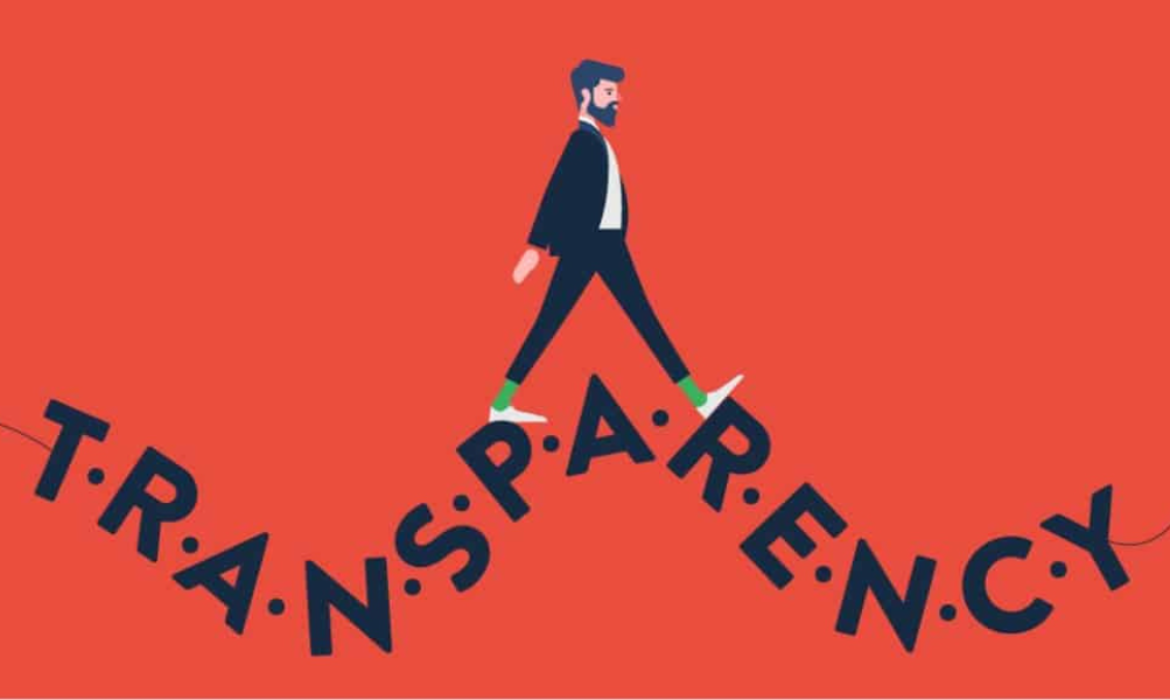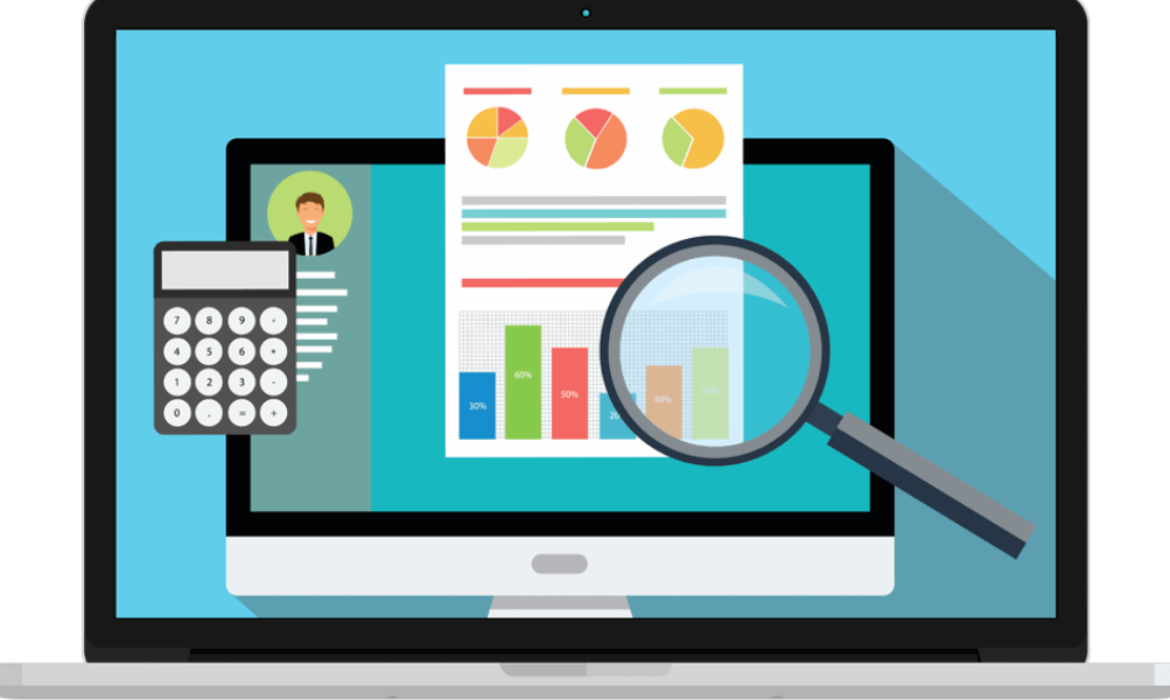Advertisers Look For Greater Transparency In Programmatic Ad Buying
Time and again, “Transparency’ has been a cause of concern for advertisers in the programmatic ad buying. This has been a long time pending issue which still remains unresolved as advertisers try to uncover what happens to money spent on programmatic ads.
Ad spend is falling and advertisers are again seeking greater transparency into the ad-buying supply chain. Hidden fees, fraud, viewability, and brand safety are the growing concerns that need immediate attention.
Trade body ISBA studies reveal that nearly half (49%) of ad buys disappear before reaching publishers and 34% of this money is the disclosed fees agencies and ad tech vendors take for trading impressions. However, 15% cannot be attributed to what the report called an ‘unknown delta’ on the supply chain. The amount of money that reaches publishers is lower, as the report did not consider ad fraud and ad viewability.
As reported earlier, a noticeable amount of programmatic dollars doesn’t reach the publishers and it is getting increasingly harder to keep a track of where it goes. The trade body struggled for nine months to gather data from the ad tech vendors to make a report on this and when it received data is was unusable.
PwC collected information for the study was data on 267 million impressions traded between 15 advertisers, eight agencies, five demand-side platforms, six supply-side platforms, and 12 publishers from the Association of Online Publishers from Jan. 1 to 20. March. Of those impressions, only 31 million (12%) were actually analyzed by matching log-level and aggregated data across 290 different supply chains.
PwC reported that it was highly cumbersome and hard to collect data on each impression. Ad tech vendors were conservative in sharing data due non-disclosure agreements and data collected was in different formats making it difficult to trace an advertiser’s money to so many different publishers. The advertisers involved in the study were non-premium 40,525 sites on an average.
Generally, an advertiser or agency decides to buy impressions and pay for them on DSP while publishers use SSP to sell their inventory at advertisers. Data on impressions from these two platforms are matched up and PwC did the same. However, data could not give financial transparency for the advertisers and publishers There were still costs in the ‘unknown delta’ that remains unidentified on the report. For instance, hidden fees can be a combination of additional ad tech vendor fees, post-auction bid shading, trading deals, and other unknown factors.
As quoted Sam Tomlinson, marketing assurance partner at PwC in DigiDay,
“This is more because the programmatic ecosystem is built on legacy processes that are a mess.”
Graeme Adams, head of media at BT Group said,
“We desperately need to see a common set of standards adopted and more openness in this market, so that every penny spent is accounted for. If this happens, we’ll invest more in the channel; if not, we will cut back and reshape our trading approaches.”
To conduct such high and intense study is a big expense. For instance, It costs more than £1 million ($1.2 million) to collect and process the data from different sources in ISBA’s study. A lot of emphasis is given to attain log file data by marketers. If the ISBA report proves anything that the log file data can reveal everything about transparency and nothing at the same time.
Ruben Schreurs, managing partner at digital media consulting firm Digital Decisions responds to log file data and said,
“Using the overly sophisticated approach of trying to match log-file data in real-time is like buying the IBM Watson supercomputer to calculate 1+1.”
He added that advertisers should have a sensible and valuable approach by running a periodic review of their net spend on publishers and match it with publisher data cumulatively. This will help to get the right and required output to make value-driven decisions on how to optimize the value chain and avoid complicating technologies.
Nevertheless, the report findings can help the adtech industry and give the insight to enhance financial and data transparency as regulators on impressions as regulators dominate.
Steve Chester, director of media and advertising at ISBA said,
“If the ad industry can be seen to be demonstrating that we can create a more open and transparent market then it could avoid the necessity of being regulated.”
Publishers Look For New Income Alternatives As Adtech Revenue Declines
The adtech industry has already been in an unstable situation for the past two years loaded with debt. It has been a challenging situation for major tech providers as well. Many of the companies were start-ups, fully leveraged, or hoping to come out with an IPO soon.
The COVID-19 pandemic only worsened the situation, for now, companies are to stay above water. Publishers fear that the two-year revenue gains will be over.
With the overconsumption of video content, premium ad placements have also declined. The publishers are also concerned about encountering payment uncertainty from ad exchanges and third-party revenue sources.
Co-CEO Rotem Shaul of Primis which is owned and backed by the Interpublic Group and Universal McCann.shares with Digiday the concerns from publishers and said,
The publishers we work with are prioritizing safety.
Therefore, publishers are rapidly finding new and stable ad formats and ad programs across platforms to continue with additional revenue streams ad reduce dependence on one ad format. The new ad format includes native, display, video advertising content, and scrolling videos that give way to new opportunities. Publishers are also using this quarantine time to improve and update the programmatic systems -page loading speeds, update ad tech stacks, and refresh the sales team on the latest developments.
CEO Roetm Shaul added with an increase in consumption, publishers should do everything they can and should partner with companies that will continue post-crisis too. They should look for new ways to diversify their ad tech portfolio.
All this would have been a little easier to experiment with vendors before the tightening of the economy as they had the luxury of freedom and money to test and determine the best solutions. Currently, the focus is on the cash flow with low pay or no pay, putting pressure on the managers to deliver revenue.
In this down economy, this will lead to a vicious cycle. Publishers will be hesitant to give a chance to small vendors for fear of being unpaid or will be enforced to replace ad tech. With these concerns, publishers will leave small companies and they will lose more money and business which will lead to bankruptcies or shutdown. This will create more worry over working with small vendors and publishers moving to bigger vendors.
Present scenario of publishers
According to Digi Day, Shaul said, “Publishers are frantically moving their businesses to safe havens like Google, Verizon, and other big companies.” Companies may not offer the best deals but have no uncertainty over the payments.
However, there are vendors like Freewheel (owned by Comcast), SpotX (owned by RTL), or Primis that can offer similar levels of stability. They are equipped to offer attractive deals and keep the revenue stream intact.
Again, Shaul said to DigiDay that at Primis, all publishers want to hear is about security and safety in these uncertain times. He added,
Even we feel the concerns from publishers. Fortunately, they do categorize us as a big company, as we are a part of IPG, and once they see the letters IPG and know that they will back us up, they relax.
This unpredictable time will teach new learnings. To drive fresh revenue streams, new ad programs are set up. For ad tech and publishers, these new practices for stability and innovation will be carried forward. The revenue-strapped publishers and vendors will stabilize, then sustain, and once again grow and prosper. It’s all these important learnings that will lay a new foundation for their relationships and campaigns in the future and make stronger business for both sides- vendors and publishers.
Project Agora Co-founds the New EMEA Video Advertising Platform- Union
Union, the joint venture of five leading technology providers has now launched a new video advertising platform in London for Europe, Middle East and Africa(EMEA) to help local content providers access to video ad spend from global brands who want to support local media at a time when trusted content is the need of the hour for their readers. At the same time, it enables international advertisers to activate video campaigns on the sites that really matter to their local audiences.
Union empowers local publishers to cater to the premium inventory demand by global brands. With a total of over 300employees located in 34 cities, Union and its founding members – regional technology providers PlayAD, Project Agora, ShowHeroes, Video Intelligence and Viralize enjoy strategic relationships with thousands of local market websites across EMEA region providing video content, monetization and technology to publishers.

This strategic partnership helps Union bring a blend of pre-roll and out-stream video formats to the market for advertisers to target. This is achieved using a powerful combination of programmatic and contextual targeting to reach nearly 300 million users on relevant, brand safe and trusted publishers. Union’s publisher partners involve global brands like Marie Claire, Elle, Vanity Fair, and CNN, as well as leading local publishers such as Aller Media, Axel Springer, Stryia, Libero and Funke Media Group.
Steven Filler has been announced as Managing Director for Union and will lead the launch across EMEA focusing on London, Paris and Amsterdam agency buying hubs.
With 20+ years of experience in the digital industry, Filler has held major commercial roles across a range of leading companies including The Guardian, AOL, and upon his appointment, he said:
“The current global crisis has highlighted the continued importance of local quality media in providing the truth and guidance to readers, so that they can be informed citizens. At the same time, advertisers demand more quality, brand safe video inventory and Union makes this possible through a single-entry point while also allowing brands to support the publishers that really matter to their local audiences.”
Odysseas Ntotsikas, founder of Project Agora, said:
“The launch of the Union is further reinforcing and expanding the reach of Project Agora’s mission to Keep the Open Web Open. Local Publishers so far unable to attract advertising budgets from international advertisers and trading desks can now see an uplift in such revenues by working with Project Agora, Union’s founding partner in Central, SE Europe and MEA. For local advertisers looking to advertise out of their home market there is now a unique opportunity to see their brand in the top local sites of every European market that people trust for their news and entertainment”.




